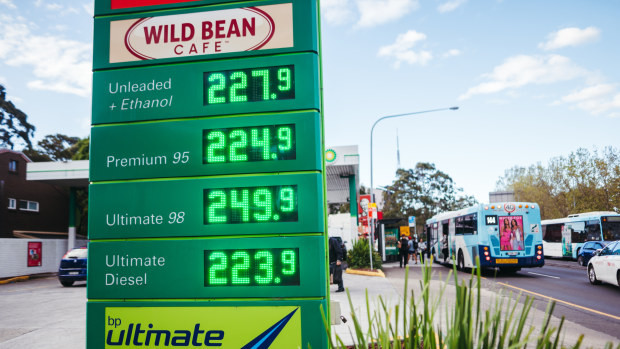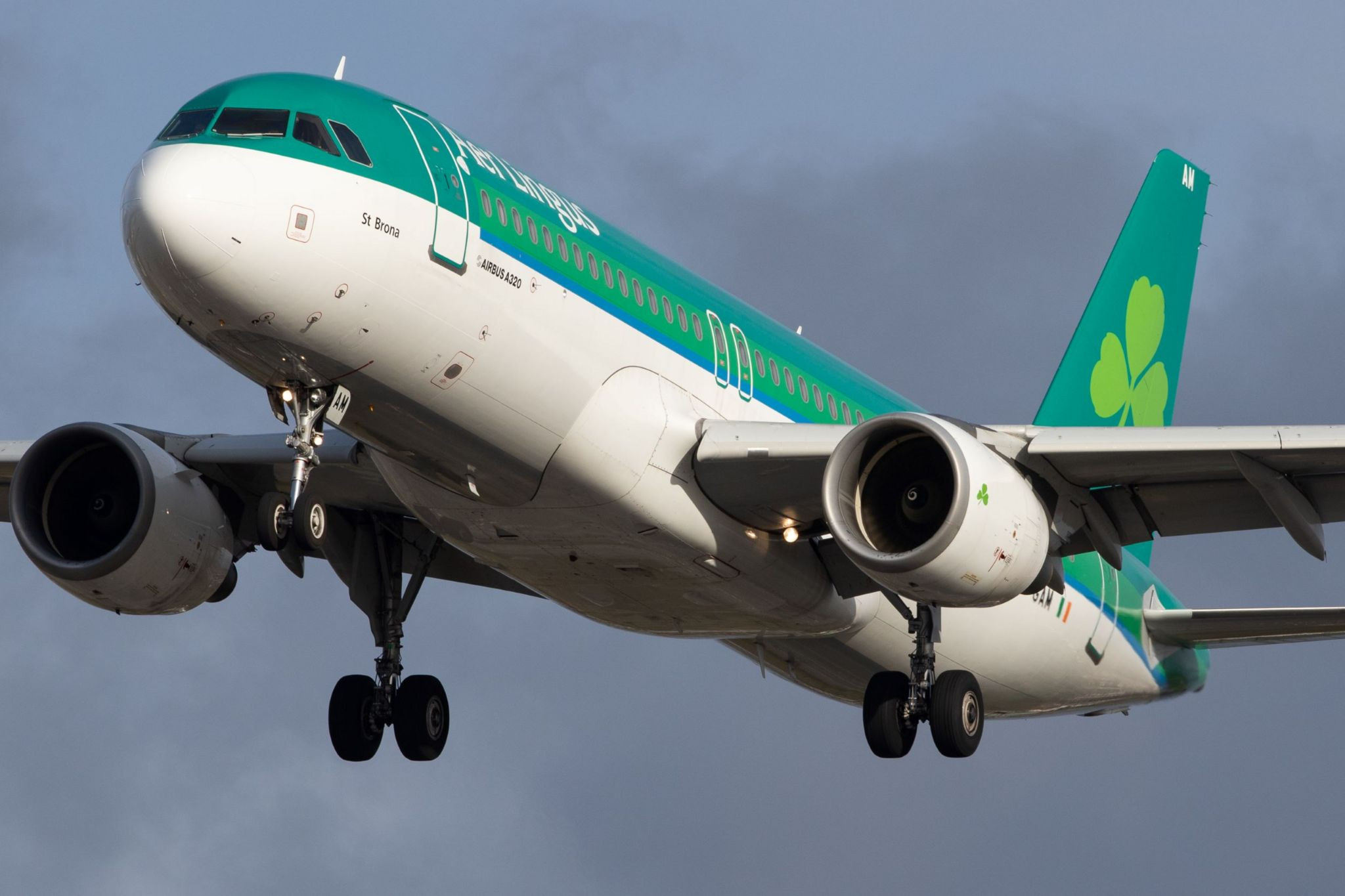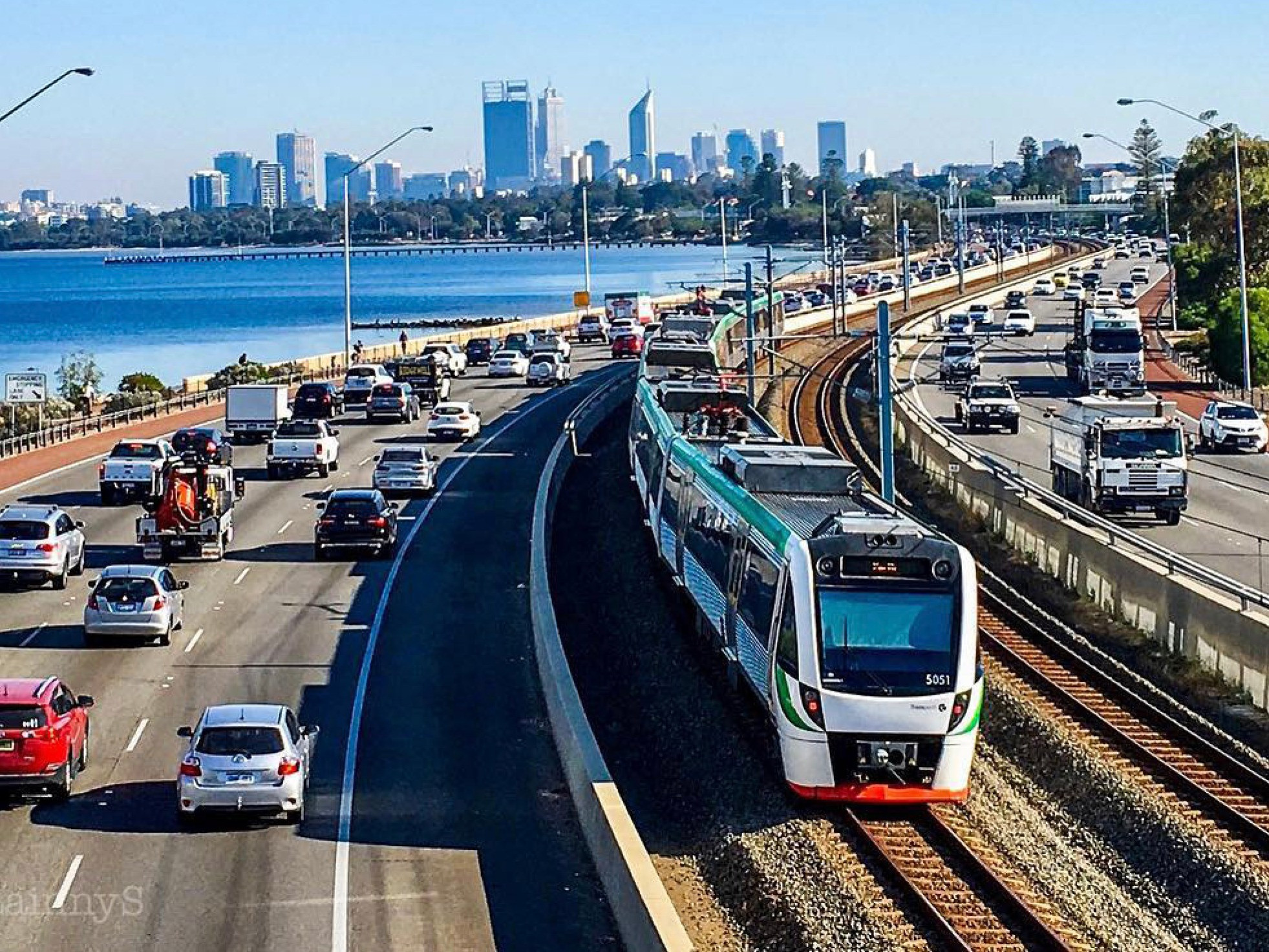Motorists should expect continuing relief at the bowser with petrol prices plummeting as low as $1.60 a litre in some parts of Australia. According to the Australian Institute of Petroleum, the average price of petrol in Sydney for the week ending September 22 was $161.3 a litre, a drop of -9.0, in Canberra $178.9 a litre, a drop of -3.8, and in Hobart $1.72, a drop of -2.9. Melbourne and Darwin were the only markets to see an increase in prices. The price in Melbourne increased to $191.5, a jump of 0.6.
Regional markets show similar falls. The average price of petrol for the week ending September 22 for regional NSW/ACT was $173.3 a litre (a change of -4.8), in regional Victoria $179.0 (an increase of 2), and in regional Tasmania $175.6 (a drop of -2.9). NRMA spokesperson Peter Khoury said prices should continue to fall. "The wholesale price of petrol had fallen to a two-year low," he said. "We should see prices continue to fall, there is no indication of anything else. Obviously, the benchmark is what we look at and there have been continuous falls."
Australian retail fuel prices are determined by movements in the international refined benchmark fuel prices (which are driven by international crude oil prices). Recently crude oil prices have dropped, influenced by weaker Chinese consumption. Compare the Market's spokesperson Chris Ford told ACM oil prices have also been affected by "some fears" of a broader recession, particularly in the US. "Our oil benchmarks dropped by about 15 per cent since August through to mid-September, although have bounced back a touch in the last week or so," he said. Mr Ford said Australia is also seeing a high inventory of fuel that could be a signal of less demand. He projected most areas could go as low as $1.60 a litre or even mid $1.50 a litre.
What's Driving the Decline in Fuel Prices?
The primary driver behind the recent decline in petrol prices is the softening of global oil demand, particularly from China. As a significant consumer of oil, China's economic slowdown, coupled with its transition towards renewable energy sources, has impacted global oil prices. The International Energy Agency (IEA) and OPEC, the Organization of the Petroleum Exporting Countries, have revised their forecasts for global oil demand growth due to this slowdown.
Potential Factors Affecting Future Fuel Prices
While the current trend points to continued price relief at the bowser, several factors could potentially impact future petrol prices:
Volatility in the Middle East
Escalating tensions between Iran and Israel present a significant risk to global oil supply. Any disruption to oil production in the region could lead to a sharp increase in oil prices, subsequently affecting petrol prices in Australia.
OPEC's Production Strategy
OPEC's production decisions can influence oil prices. If OPEC decides to reduce production, it could drive up oil prices, impacting petrol prices in Australia.
Global Economic Conditions
The global economic outlook remains uncertain, with fears of a recession lingering. Any economic downturn could affect global oil demand, influencing oil and petrol prices.
Australian Dollar Strength
The Australian dollar has been relatively strong in recent months. A stronger Australian dollar generally translates to lower petrol prices as Australia purchases oil in US dollars.
A Ray of Hope for Motorists
Despite the uncertainty surrounding future fuel prices, the current trend offers some relief to Australian motorists. With the expectation of continued price declines, consumers and businesses alike are welcoming the reprieve, with some companies already passing on the savings to their customers. The fall in fuel prices has the potential to provide a much-needed boost to the Australian economy, particularly for those struggling with the cost of living. The future of petrol prices remains uncertain, but for now, motorists can breathe a sigh of relief as they fill up their tanks.

















